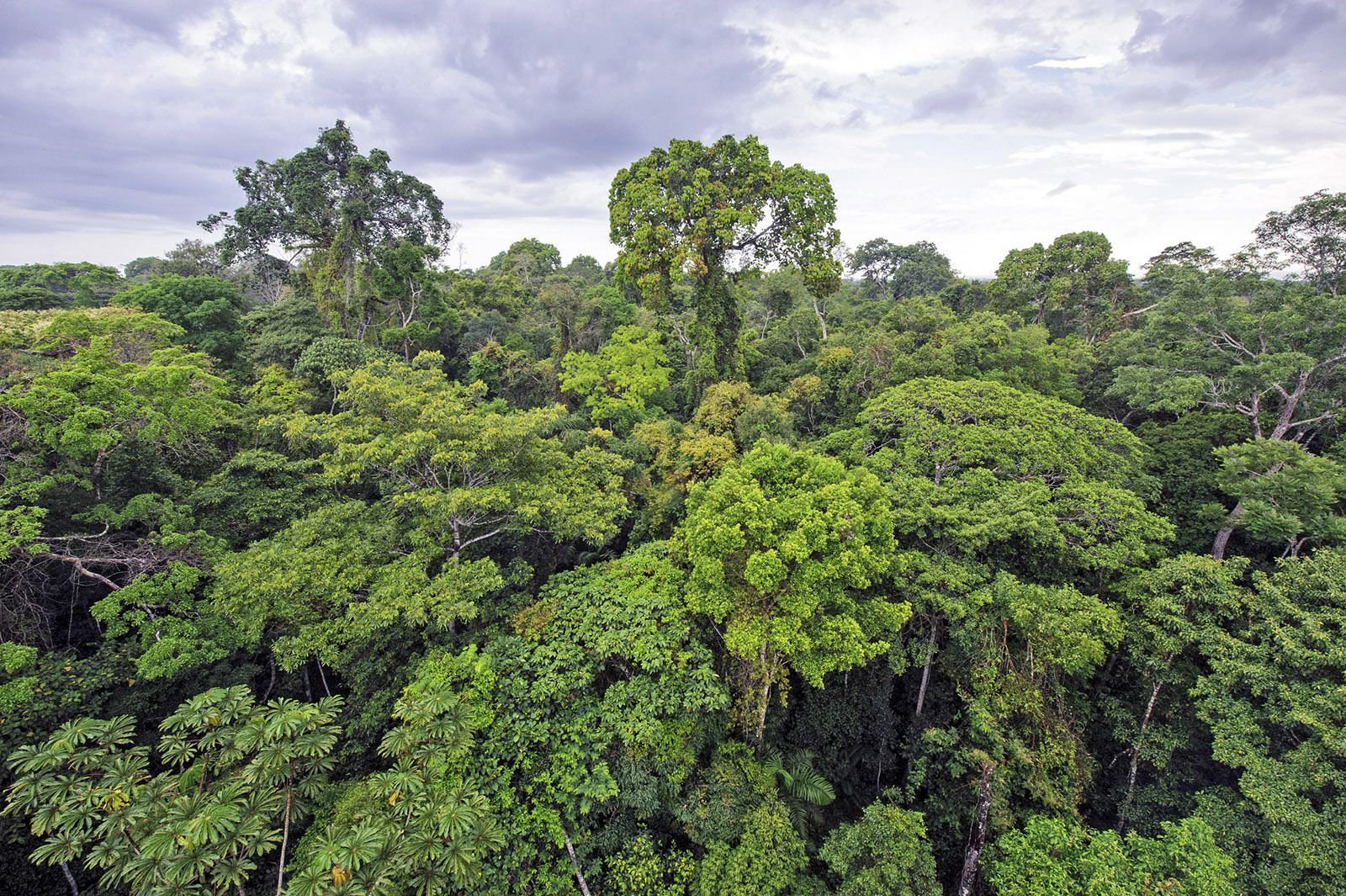How to Go to Prison
People who are incarcerated are a scientifically-underserved group of people who are not able to gain access the internet, let alone science museums and lectures. They stand to benefit tremendously from education and are often overlooked as an eager learning community. The INSPIRE program (Initiative to Bring Science Programs to the Incarcerated in Utah) seeks to tap into that opportunity and enthusiasm by bringing academic scientists inside correctional institutions to provide science lectures and conservation programs.
Developing the INSPIRE program has required creativity and persistence. The program relies on the willingness of prison and jail staff to try new strategies for programming, the time and enthusiasm of individual scientists to build engaging lectures and materials, and the hard work of a lean program staff.
Recognizing the potential and necessity for similar programs in other universities and other corrections facilities, INSPIRE Director Nalini Nadkarni offers “How to Go to Prison,” a concise digital document that outlines how to set up and maintain operations of the innovative project.
Navigating carceral systems can be daunting to individuals looking to launch programming, and the guide aims to demystify this process. This “How-To” guide explores some of the most challenging aspects of operating a program like INSPIRE- how to establish and maintain contact with institutions, how to evaluate programs, and how to generate project sustainability. By making the document free and publicly accessible, INSPIRE hopes to encourage other science engagement programs to expand their reach to a novel audience. Incarcerated people across the country stand to benefit from deeper science knowledge and a potential identity shift, from being unconnected to science to actively engaged with science learning.
We are interested in input from people outside INSPIRE about this guide. If you have ideas about changes to this guide, or reflections on ways it has informed a new project or activity, we welcome your comments.
This document was written by Joshua Horns, Nalini Nadkarni, Allison Anholt, Megan Young, and Jeremy Morris, School of Biological Sciences, University of Utah

